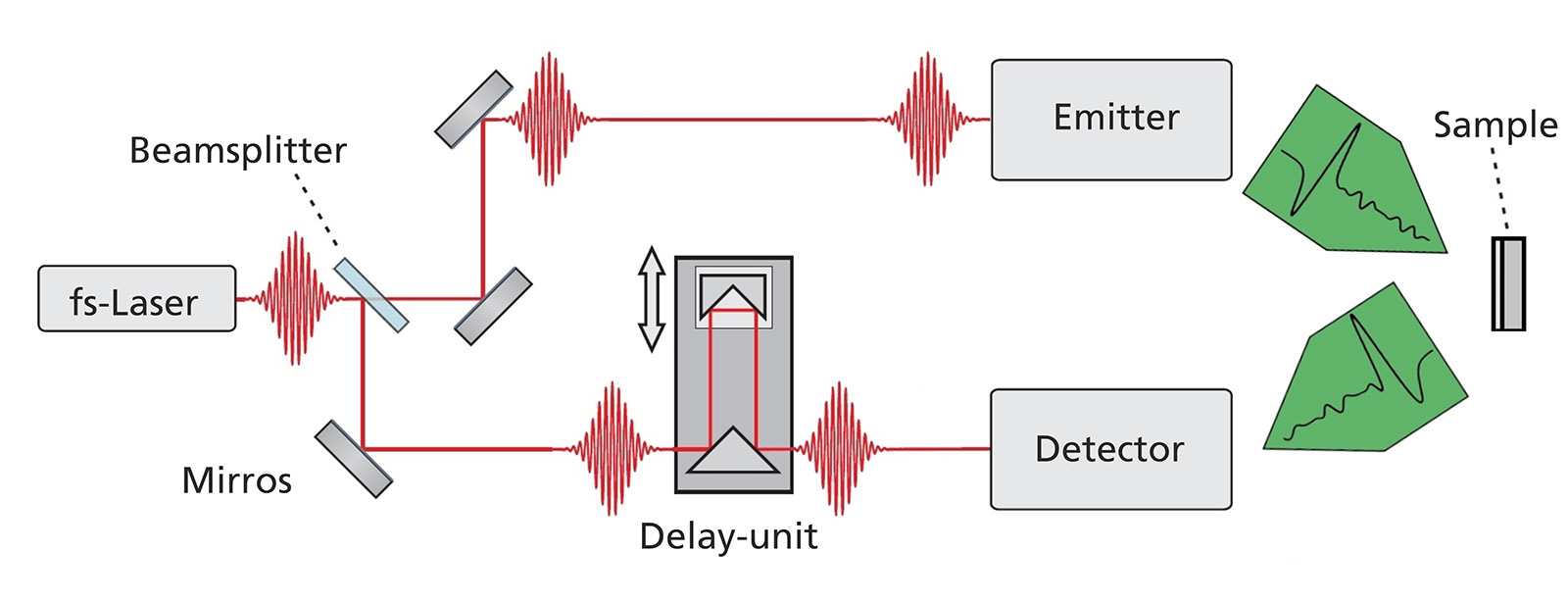
**Investigating the Boundaries of Superheating: An Innovative Study on Gold**
In a significant advancement in materials science, researchers have subjected gold to extraordinary thermal conditions, enabling it to endure temperatures exceeding 14 times its melting point without losing its crystalline structure. This innovative research, spearheaded by physicist Thomas White at the University of Nevada, contests long-standing beliefs regarding the superheating limits of solid materials.
Traditionally, scientists held the view that elevating the temperature of a solid beyond three times its melting point would result in an ‘entropy catastrophe’—a theoretical state where a material becomes more disordered than a liquid. This idea, introduced by Hans Fecht and William Johnson in the 1980s, posited an upper limit thought to be unreachable due to intermediate destabilizing phenomena, often referenced as the hierarchy of catastrophes.
Nevertheless, White’s team effectively circumvented these destabilizing effects by employing highly focused lasers to swiftly heat 50-nanometre thick gold films. The rapid heating rates averted the expansion of gold prior to attaining these extreme temperatures, enabling the material to preserve its structure well beyond the previously established boundaries.
By using inelastic x-ray scattering, a challenging yet efficient technique for assessing temperature variations at the atomic scale, the team verified the remarkable finding of gold withstanding temperatures up to 19,000 Kelvin. X-rays scattered off the moving atoms, and the measured Doppler shift facilitated accurate determination of atom velocities and, consequently, temperatures.
Initially, White’s team did not set out to probe the entropy catastrophe threshold. Their main objective was the rate of heating, but as the experiment unfolded, they observed temperatures that significantly surpassed expectations. This fortuitous finding opens avenues for investigating superheating in diverse materials.
Materials science specialist Martin Thuo from North Carolina State University applauds the method’s revolutionary promise, yet stresses the necessity for deeper comprehension of the fundamental mechanisms propelling such extreme superheating. Thuo also raised concerns regarding the precision of temperature readings, especially in relation to surface dynamics and energy transfer.
As the field progresses, confirming these discoveries and examining new materials under analogous conditions may greatly enhance our understanding of matter’s behavior in extreme environments. This research not only challenges prevailing theories but also unveils a new frontier in the exploration of solid-state physics and material science.